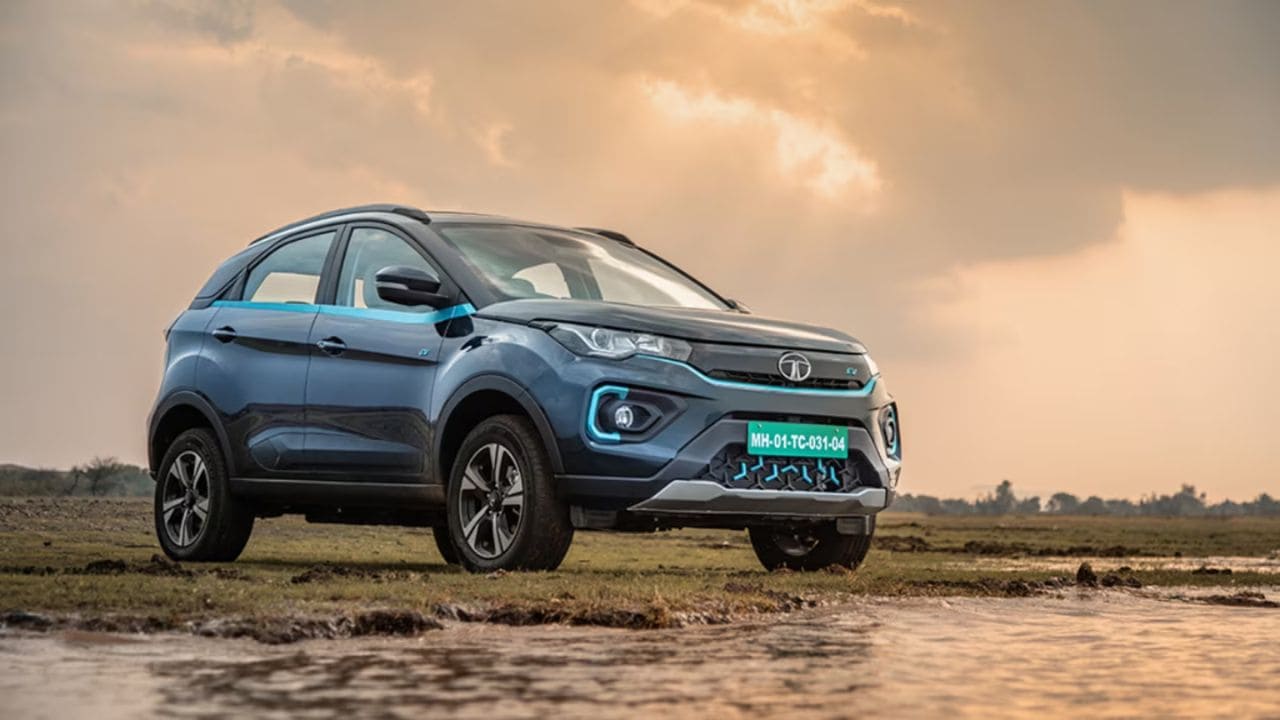As Tata Passenger Electric Mobility group enters a new era of mobility, the Tata Group company unveiled a new brand identity – TATA.ev. The company is gearing up to introduce ten new battery electric vehicles by 2026. The company expects electric vehicles to account for half of its passenger vehicle sales by 2030. The automaker aims to sell around 1 lakh EVs this year.
As the EV offering grows, spurred by surging consumer demand and a robust, thriving product lineup, customers expect a unique experience across all touchpoints, from the brand to the product and its ownership cycle, Tata Passenger Electric Mobility, a unit of Tata Motors, said in a statement.
Vivek Srivatsa, Head, Marketing, Sales and Service Strategy, Tata Passenger Electric Mobility Ltd. said, “Our new brand identity for electric vehicles underlines our commitment to accelerate the adoption of clean energy mobility solutions. We intend to drive positive change in the automotive industry with the focus on sustainability, community, and technology.”
In an earlier interview with Storyboard18’s editor Delshad Irani, Shailesh Chandra, managing director, Tata Motors Passenger Vehicles Limited and Tata Passenger Electric Mobility Limited, had shared his long-term view on the Indian EV opportunity and market.
When asked how Tata Motors is going to continue to lead the charge on electric vehicles, Chandra said, “We are going fast and in a very firm and sure manner. We have already announced that we are going to invest nearly $2 billion in the next 5-6 years with 10 products.”
Chandra also spotlighted the biggest challenges to marketing an electric future to Indians. He said there are 120-140 options available in the conventional world of ICE. But there’s only a handful of options in EVs. So the choices are less and they are less in terms of body styles, pricing and affordability levels.
The other challenges are “a lot of myths and certain bottlenecks in terms of charging”. But based on all cars that we have sold in the EVs space, 96 percent of the time people charge at home. Lack of awareness about within-city charging and need for more charging stations on highways, are consumer challenges.
Nature of the buyer is also changing. Earlier the first car buyer or primary car buyer for electric used to be just 25 to 30 percent. For Tata Nexon EV it is now 60 to 65 percent. The company’s current EV portfolio comprises the Nexon EV range, Tiago EV, Tigor EV and the XPRES-T EV.
So a few things have to be taken care of to really make the electric vehicles fly in terms of adoption – more choices, slightly more range, greater awareness and charging infra on the highways.
He stated in the interview, “It’s a very clear view. We have to try our best to see how fast we can accelerate electrification because that’s the future and that’s what the nation needs. But the challenge is that the whole ecosystem development will take its own time.”
The company has a dominating market share of over 70% in the 4-wheeler EV segment. It also recently crossed the milestone of selling 1 lakh Tata EVs. “This momentous journey underscores the brand’s unwavering commitment to drive positive change and contribute to a sustainable future for India,” it said in a statement.
